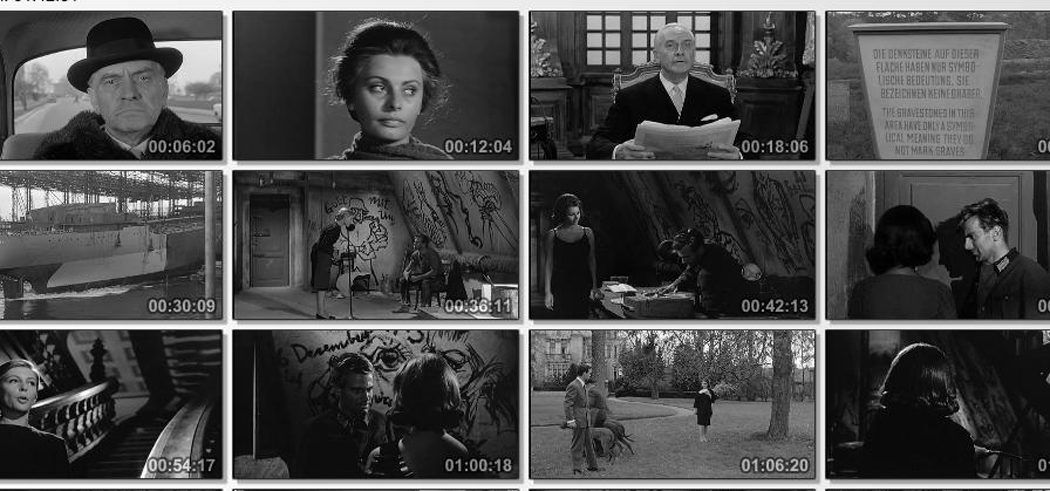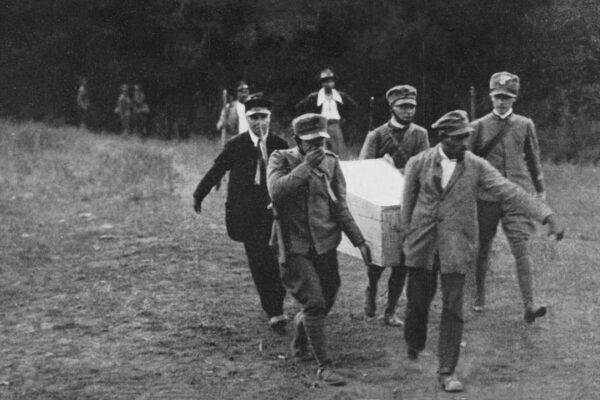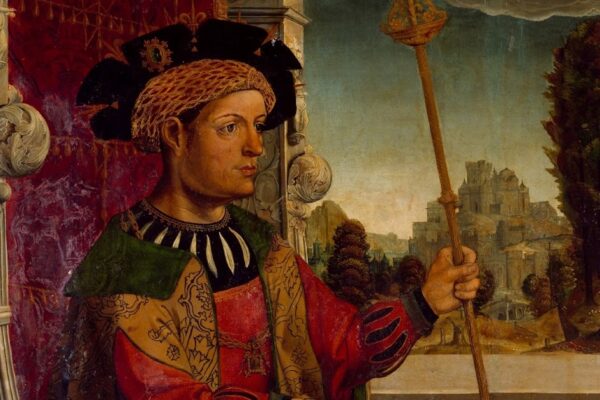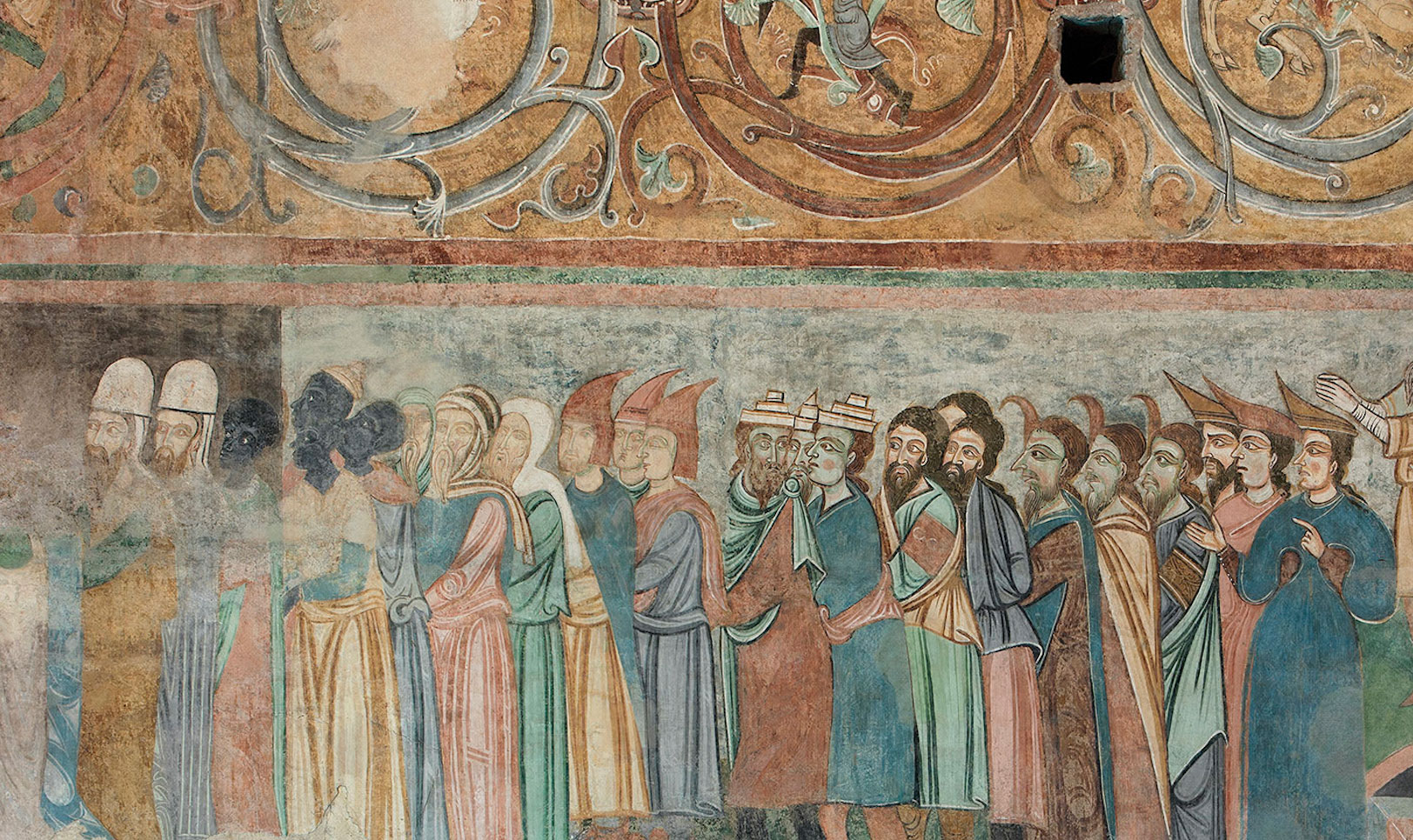NeMLA Journal: Special Issue: The Jewish Experience in Contemporary Italy
Click here to read the issue
More than any other religious or ethnic minority in the history of the Bel Paese, Jews have made a fundamental, undeniable and indelible contribution to Italian culture. This special volume of NeMLA Italian Studies aims to both advance and shed new light on the study of the Jewish experience in contemporary Italy by engaging the multifaceted representations of Jewish life that have come to populate the Italian artistic imaginary in the 20th and 21st centuries.
Table of Content
Introduction, Philip Balma and Simona Wright
De Sica e la Shoah: elementi per una lettura del film I sequestrati di Altona, Asher Salah
Anti-Semitism on the Silver Screen: Pratolini’s Short Story “Vanda” and its Cinematic Adaptation(s), Philip Balma
What is an Italian Jew? Italian Jewish Subjectivities and the Jewish Museum of Rome, John Champagne and Daniel Clasby
The Wound and the Hope: Primo Levi’s Troubled Relationship with Israel, Stefano Bellin
Ulisse nelle camere a gas: la mise en abîme di Inferno XXVI in Se questo è un uomo di Primo Levi, Sibilla Destefani
‘Subito, tutti mi guardarono con disprezzo’: The Child’s Experience under Italian Racial Law in Frediano Sessi’s Ultima fermata: Auschwitz. Storia di un ragazzo ebreo durante il fascismo, Virginia Picchietti
Drawing Testimony, Coming to Writing: Ebe Cagli Seidenberg’s Le sabbie del silenzio and Il Tempo dei Dioscuri, Eveljn Ferraro
Interviews.
Identità ebraica, memoria e scrittura. Intervista allo scrittore Giorgio van Straten, Maria Pia Arpioni
Balma, Philip. Edith Bruck in the Mirror. Fictional Transitions and Cinematic Narratives. West Lafayette: Purdue University Press, 2014. Pp. 260., Denis Forasacco
Ciabattoni, Francesco, and Pier Massimo Forni, eds. The Decameron Third Day in Perspective. Volume Three of the Lectura Boccaccii. Toronto: University of Toronto Press, 2014. Pp. 280, Daniela D’Eugenio
Franzoni, Giovanni. Autobiografia di un cattolico marginale. Soveria Mannelli: Rubbettino Editore, 2014. Pp. 262. , Daniele Niedda
Lucamante, Stefania. Forging Shoah Memories. Italian Women Writers, Jewish Identity, and the Holocaust. New York: Palgrave MacMillan, 2014. Pp. 291., Simona Wright
Sodi, Risa, and Millicent Marcus, eds. New Reflections on Primo Levi, Before and After Auschwitz. New York: Palgrave Macmillan, 2011. Pp. 224, Robert Hackett
Introduction (continues)
Admittedly, even if said focus were limited to the literary milieu, it would be impossible to precisely quantify the specific impact of Italian and Italophone Jewish artists, only some of whom tend to address Jewish themes in their work. A highly successful and prolific author like Alberto Moravia (né Pincherle) for example, was not prone to engaging the Jewish experience in his writing. The same could be said, of course, for his wife Elsa Morante, who was also an award-winning and influential writer and intellectual whose Jewishness was carefully concealed.
If one looks to the seventh art, it is evident, paradoxically, that the majority of images of Jewish life appearing in Italian films almost never involves Jewish directors, screenwriters or actors (of any nationality). Without delving into the lengthy and complex formation of a Jewish-Italian identity or into the nationalistic tide pushing for assimilation after the country was unified in the 19th century, it is worth noting, as a piece of anecdotal evidence, that Italy’s most celebrated Jewish actor, the brilliant and eclectic performer Vittorio Gassman, is seldom—if ever—acknowledged or referred to as Jewish in any context, nor is his Jewish identity explored in any significant fashion by critics, scholars, and film historians worldwide. It is a cultural background that has been both ignored or treated as irrelevant.
The most widely praised Italian Jewish filmmaker, on the other hand, the late Gillo Pontecorvo, was well-known for being an atheist and a Marxist who had little exposure to Jewish culture in his life. Primo Levi was also an atheist and often recalled in his work and interviews that Jewish tradition and customs had played a very marginal role in his family. In short, the most popular art forms in contemporary Italy present unique problems from both a social and cultural perspective if one strives to gain a clear, complete, or realistic view of what it means to live as a Jew in Italy today.
It is indeed possible to spend an entire lifetime in the country without ever interacting (or, perhaps, knowingly interacting) with a member of the Jewish community. This is due in part to the limited size of the community itself, but also to the frequency with which some of its members might have embraced a secular way of life, effectively making themselves indistinguishable from many of their Gentile friends and neighbors. It is also important to underline the fact that a number of Judeo-Italian dialects have actually disappeared or have fallen into complete disuse after Italy’s Unification, the incredible wealth of regional and provincial varieties of languages and vernaculars in Italy certainly being a contributing factor, together with the minority status of the Italian Jewish population itself. A case in point is that of iodiesco, a Judeo-Florentine dialect that appears in an 19th century play entitled La Gnora Luna,1 which is no longer used in daily speech by the Jews of Florence.
Additionally, there are actually a number of Italians, particularly in the southern part of the nation, who are of Jewish origin yet are often completely unaware of their families’ roots and traditions. In recent years, American-born Rabbi Barbara Aiello has undertaken important, hands-on research that has put her in touch with numerous so-called Crypto-Jews in Sicily and Calabria, whose ancestors converted to Christianity (or simply abandoned the Jewish faith) for a variety of reasons over the centuries, including the fear of anti-Semitic violence and human rights violations.
It would be foolish to overlook the fact that anti-Semitism and the Shoah have left a permanent mark on the Jewish communities in Italy and beyond. The dark specter of the systematic brutality of the Third Reich and of the Rome-Berlin Axis weighs heavily on the Italian Jewry, and its memory is confronted in many of the articles that appear in this volume. Given that this monographic issue of NeMLA Italian Studies, dated 2015, coincides with the 70th anniversary of the liberation of Auschwitz, one might consider the frequency with which these painful historical truths are addressed within its pages to be deliberate if not inevitable. The same could be said, of course, given the recent (and long overdue) release of his complete works in English translation, for the numerous references to Primo Levi this volume contains, and for the tendency of many scholars to look to his life and works in primis, to view them as metaphorically representative of (and relevant to) the hearts and minds of Italian Jews today. The fact is that in all likelihood Primo Levi will always be recognized as the most influential Jewish voice in contemporary Italy, while his writing on the Holocaust remains the reason for his well-deserved reputation as a writer and an intellectual.
Offering a series of reflections on the Jewish experience and its relevance to the study of Italian culture, this volume opens with an eloquent essay by Asher Salah that engages in a radical re-reading of De Sica’s film I sequestrati di Altona. By highlighting the function of the Shoah as a key, yet understated element in the economy of this film, which has all too often been neglected or skirted over by scholars in the past, Salah makes an important contribution to the study of representations of Jews in Italian cinema, while also adding to the considerable extant body of scholarship on one of Italy’s most acclaimed directors. Balma’s essay on Sergio Capogna’s film Diario di un italiano, on the other hand, while adhering to the same general line of inquiry put forth by Salah, focuses instead on the process of adapting a lesser-known short story by Vasco Pratolini for the screen, an endeavor that ultimately allowed the director to link the violent repression of the early years of the fascist ventennio to the discrimination and brutalization of Italy’s Jewish community under Mussolini.
Shifting our attention away from the silver screen, the co-authored piece by Champagne and Clasby stands out for the originality of its focus as well as its innovative approach to tackling a highly complex and elusive issue: that of Italian Jewish identity. In their analysis of the cultural, historical, and highly politicized exhibits present in the Jewish Museum in Rome, the authors underscore a handful of potentially conflicting and controversial notions that are presented to the museum’s visitors as part of a single unit, essentially putting forth a homogenizing discourse on the Holocaust and on the nation of Israel which may or may not actually be representative of a perspective that is widely held by Roman and/or Italian Jews. Beyond the essay co-authored by Champagne and Clasby, however, the notion of Zionism and the views held by Italian Jews on the state of Israel are also a central concern of Bellin’s article “The Wound and the Hope,” which is entirely devoted to Primo Levi’s troubled relationship with the Promised Land, in particular his views on Israel’s foreign policy and the Israeli-Palestinian conflict.
Destefani’s piece on Primo Levi’s Se questo è un uomo continues our examination of the late Turinese author’s life and works, by zeroing in on the figure of Dante’s Ulysses and its representation in western culture, but also shedding new light on Levi’s narratological and intertextual homage to the late Florentine poet. On the other hand, Picchietti’s essay remains faithful to the task of analyzing literary representations of the Shoah while also providing her readers with the precious opportunity to examine an understudied author, Frediano Sessi, who has contributed greatly to the task of documenting the Shoah through art, often choosing to engage children and young adults as his primary target audience. Six of his fourteen published works of fiction, in fact, are intended for young readers.
Ferraro’s essay on Ebe Cagli Seidenberg engages both the literary and the visual arts, providing a unique mélange of biography, art criticism, and inter-medial literary analysis. With respect to the other articles published in this volume, it is worth noting that Ferraro’s study is, in part, operating under the shadow of the same dark cloud of anti-Semitism that plagued many European Jews during the Second World War. In Cagli Seidenberg’s case, it was a reason to flee, an impetus that was partly responsible for her decision to relocate to the United States in the 1930s, along with her brother Corrado Cagli, an award-winning 20th century Italian painter.
Last but not least, Arpioni’s insightful interview with Florentine author Giorgio van Straten allows this special issue of NeMLA Italian Studies to come to a close with a lucid, individualized reflection on Jewish identity in current day Italy, as well as the complex interplay between literary production, memory, self-perception and the viewpoints held by the mainstream, hegemonic Catholic culture in contemporary Italian society.
The editors’ objective was to offer an open forum to scholars who specialize in Italian Jewish culture in order to foster an innovative and thought-provoking debate, while also allowing this important line of scholarly inquiry to grow and evolve. We hope to have achieved these goals, and to have sown the seeds for further explorations.
Philip Balma (University of Connecticut-Storrs) and Simona Wright (The College of New Jersey)
ENDNOTES
1 The original source for this dialectal comedy was a popular (and vulgar) 18th century Florentine ballad titled “Sposalizio della Gnora Luna col Sor Baruccabà e morte di essa per il gran disturbo avuto nel suo sposalizio.” The text of the play, which is based in the Jewish ghetto in Florence in the mid 1800s, is attributed to Bené Kedem. It was published in La Rassegna mensile di Israel in 1932 (vol. 6, 547-79).









